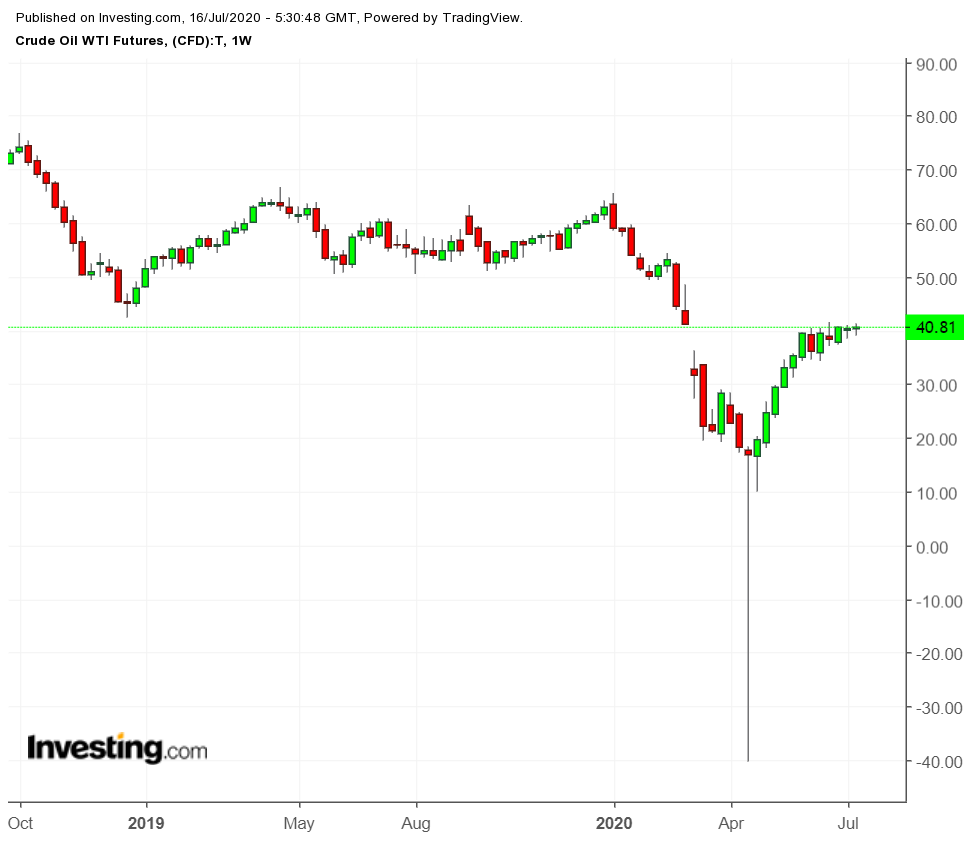The OPEC+ Joint Ministerial Monitoring Committee (JMMC) met yesterday and recommended that the group proceed with its plans to increase oil production by as much as 1.6 million bpd in August. Saudi Arabia and Russia both reiterated that they believe global demand is rising due to growing economic activity and the market will easily accommodate this extra oil.

Nevertheless, both nations also claimed that all of this added oil would be consumed domestically in the countries in which it is produced.
Why make such a promise if oil demand is rebounding worldwide? The true oil demand picture and implications of raised output are more complex. Here is a deeper look:
Temptation To Increase Exports
Saudi Arabia plans to raise production by 500,000 bpd in August. Oil minister Abdulaziz bin Salman said that Saudi Arabia anticipates a boost in electricity demand as well as greater gasoline and diesel usage due to Saudis staying at home over the summer months. Of course, the summer will be half over by the time the August increases begin. In fact, he promised that “not a single barrel will be exported extra” in August compared to July exports.
This promise could be real, but it could also mean that these extra barrels will find their way onto the global market as refined products instead of crude oil. The theory from the Saudi oil ministry is that with more Saudis remaining in the country during the summer due to the virus, more fuel will be used domestically. However, Saudi Arabia is suffering a recession with unprecedented austerity measures, as tourism and religious tourism industries are halted and the country recovers from lockdowns. It is speculative at best to assume high domestic fuel usage. If Saudi Arabia can’t find consumers domestically, market watchers should expect the country to export those products.
Russian oil minister Alexander Novak also maintains that Russia will consume all of its additional production domestically. Russia’s Urals blend oil has been in great demand in June and July and is now trading at a premium to Brent. As recently as April Urals blend was trading at a discount.
Despite Novak’s assurance that Russian oil exports will not increase, there may be great temptation for Russia to put more on the market while the Urals blend is in demand. If Russia sees customers in Europe turning to oil from West Africa and the North Sea, it may not be able to resist exporting its own. Alternatively, these barrels could end up in the global market as refined products if Russian production of gasoline, diesel and jet fuel outpace domestic demand.
Rocky U.S. Oil Demand
The demand picture from the world's largest oil consumer—the United States—continues to prove shaky and uncertain. According to the EIA, crude oil stocks fell by just over 7 million barrels last week, but demand for products failed to show significant gains.
Many attribute the slow gasoline demand growth to fears of surging coronavirus cases in Texas, California and Florida, three states that together typically comprise 27% of U.S. demand. California recently announced some business closures and even though Florida and Texas have not done so, gasoline demand in those states is no longer climbing. At the same time, U.S. oil production seems to have leveled off at 11 million bpd, according to the EIA.
Will OPEC Reverse Course?
OPEC+ does not seem phased by the rocky demand recovery in the U.S. and anticipates that any government imposed economic lockdowns at this point will be isolated and temporary. According to the Saudi oil minister, OPEC+ would only consider an emergency meeting to revise its production downward if new lockdowns were to impact “a serious chunk of the world economy.” The JMMC plans to meet on August 18 to review compliance. OPEC+ plans to meet in December to consider production quotas.
